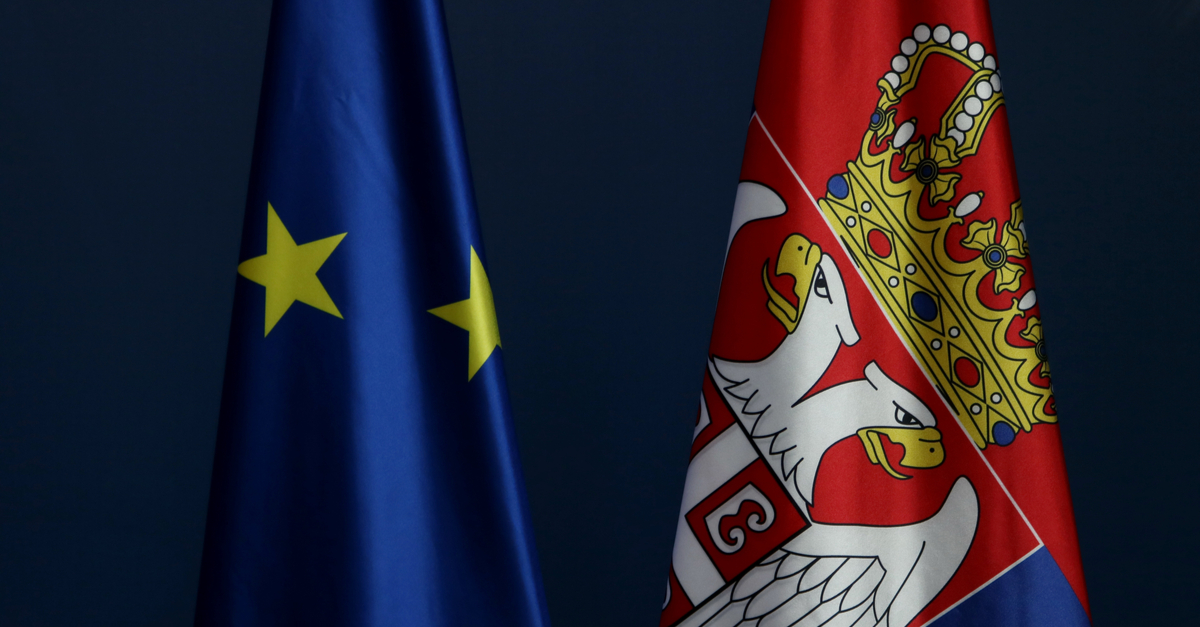“A neighbour is closer than a shirt”, our people says. When you live in border areas, good neighbourly relations and cross-border cooperation are key to better living conditions. That is why cross-border cooperation projects that improve the quality of life in these regions are precious.
The European Union is the largest donor of grant funds to the Republic of Serbia that have amounted to billions of euros so far. Numerous projects and programs implemented in the past two decades include cross-border projects with neighbouring countries – regardless of whether they are EU members (like Croatia, Hungary, Romania, Bulgaria) or not (Montenegro, Bosnia and Herzegovina, North Macedonia).
By 2016, more than 5,500 project proposals was submitted through cross-border cooperation programs in Serbia, over 1,000 projects were financed by about 700 organizations from Serbia, and more than 220 million euros were contracted.
Hospitals, schools, kindergartens were equipped through these implemented projects, children from the border areas of Serbia and neighbouring countries competed in sports, churches were renovated, services for joint response in emergencies and in the fight against drug trafficking worked together, border crossings, wastewater treatment plants and bicycle lanes were built. Different events were organized including concerts, bicycle races, regattas, vulnerable groups received new impetus and good faith in the better future. This achieves the goal of cross-border and transnational cooperation – creating conditions for a better life for citizens across Europe.
It is also important to know that the citizens of Serbia are facing new opportunities, having in mind that a new cycle of cross-border cooperation is planned, for the period from 2021 to 2027.
The objective of the cross-border cooperation is to promote good neighbourly relations and socio-economic development and encourage European integration.
NORTH MACEDONIA
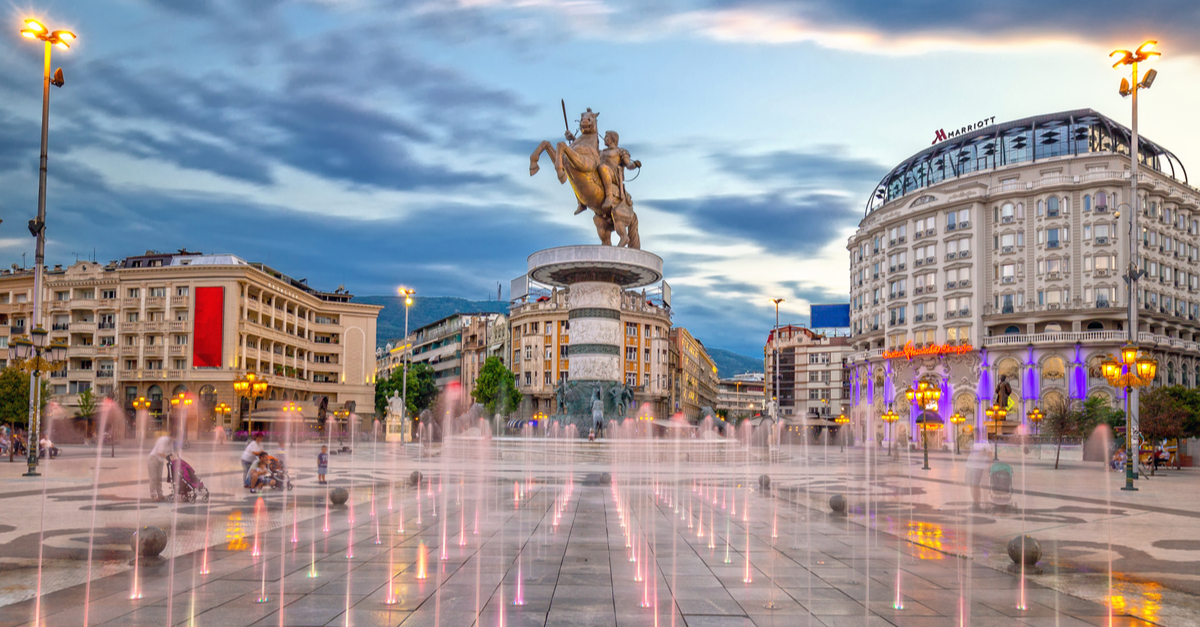
A total of 11.7 billion euros has been allocated within the Instrument for Pre-Accession Assistance II (IPA II) for the period 2014-2020, of which approximately 1.5 billion euros for the Republic of Serbia.
In cooperation with North Macedonia there are still remaining funds in the IPA II cycle, so the last call for proposals was recently announced and is currently ongoing.
The Ministry of European Integration published on its website that project proposals for the second cycle of the IPA Cross-Border Cooperation Program between Serbia and North Macedonia which includes nearly 1.9 million euros to promote employment, labour mobility and social and cultural inclusion, as well as to foster the two countries’ tourism, cultural and natural heritage development, can be submitted by June 8.
An indicative amount of 8.4 million euros is planned for the period 2021/27!
“Priorities jointly proposed for funding under the new perspective are employment, labour mobility, social and cultural inclusion in the border area, as well as encouraging tourism development and preserving cultural and natural heritage”, said Assistant Minister for European Integration Mihajilo Dašić.
He also expressed confidence that all those who implemented an EU-funded project, from farmers to students, businesspersons and scientists, know that progress wouldn’t happen or it would be much slower in the absence of partnership and cooperation with the EU.
As for cross-border projects with this country, non-profit organizations from certain regions can participate; in Serbia, those are Jablanica and Pcinja districts, and in North Macedonia those regions are Northeast and Skopje districts.
MONTENEGRO
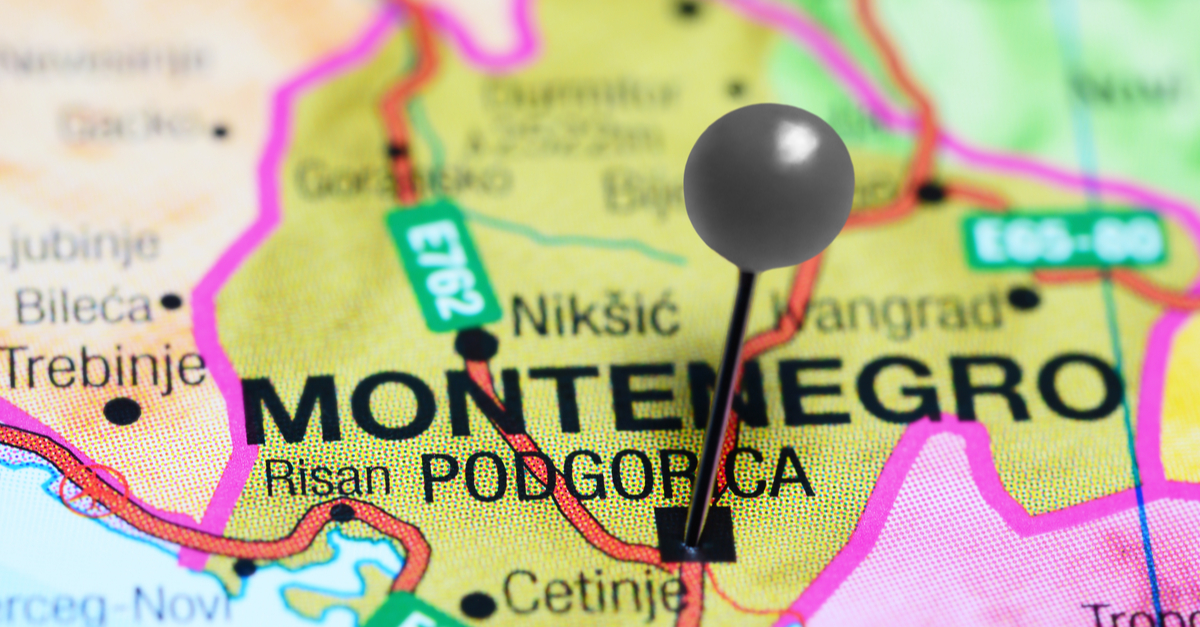
Cross-border cooperation between Serbia and Macedonia started in 2007, and today the second generation of programs is being implemented through the financial perspective 2014 – 2020.
During that time, as Dašić said, a total of 52 projects with a total value of slightly less than 10 million euros were financed, in the areas of environmental protection, agriculture, social and health care, culture, entrepreneurship.
There are still possibilities of submitting projects under IPA II:
The deadline for project submission for the third call for cross-border cooperation between Serbia and Montenegro is June 1, and the main priorities of the call are improving employability and increasing employment opportunities, improving waste management and wastewater treatment and improving capacities to use tourism potential of the program region.
The EU has allocated 3.4 million euros in grants for this call.
Recalling that the EU has been the largest donor to Serbia for many years, Dašić said that in addition to the amount of funds invested in numerous projects aimed at contributing to the overall economic progress of our country, these funds help Serbian institutions to implement reforms and adopt acquis on our country’s path towards membership.
“Cross-border cooperation programs promote the values we share with our European partners, in the best way, retaining our individual characteristics and working on common aspects”, said Dašić.
BOSNIA AND HERZEGOVINA
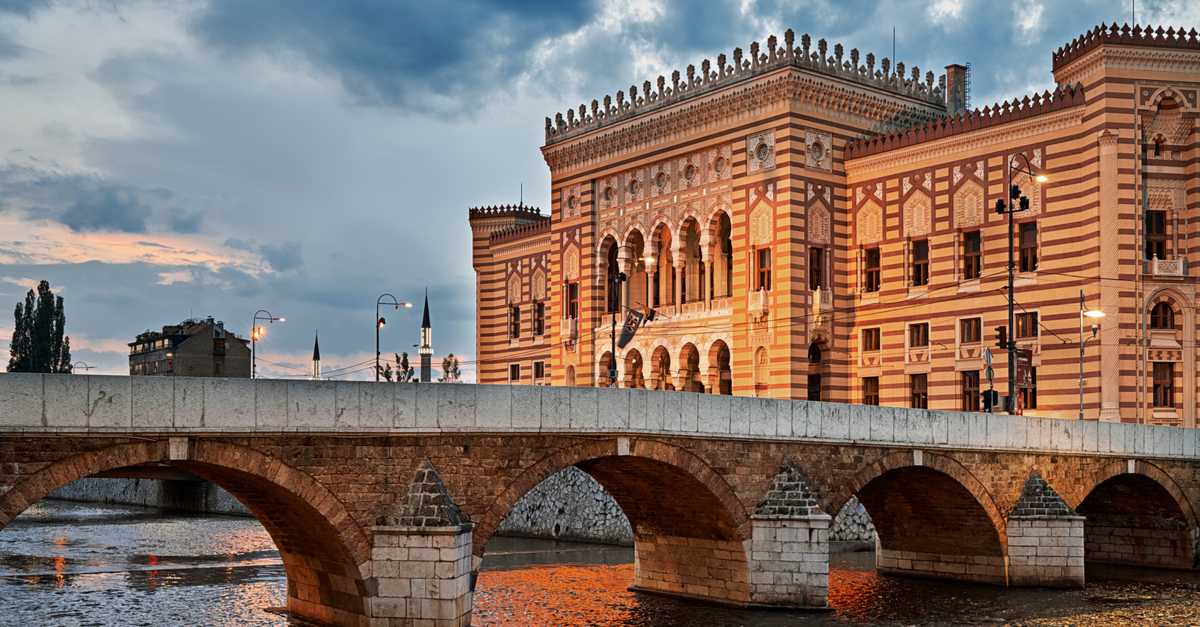
Cross-border Cooperation Programme Serbia – Bosnia and Herzegovina is one of the cross-border and transnational cooperation programs, which are implemented in our country with neighbouring countries and coordinated by the Ministry of European Integration.
The third call for cross-border cooperation with Bosnia and Herzegovina was announced on March 9 this year, and the deadline for project submission is June 7. The funds allocated for this call amount to more than 3.2 million euros, and the main priorities of the call are as follows: encouraging social and economic inclusion and increasing the contribution of tourism to the socio-economic development of the program region.
The program analyses the socio-economic situation of the border area, and sets joint strategies for solving the identified problems by determining common thematic priorities for development. The Program is based on a detailed analysis of the challenges and specifics of the program area.
The EU allocated 14 million euros for this type of cooperation between Serbia and Bosnia and Herzegovina, only for the period from 2014 to 2020.
BULGARIA
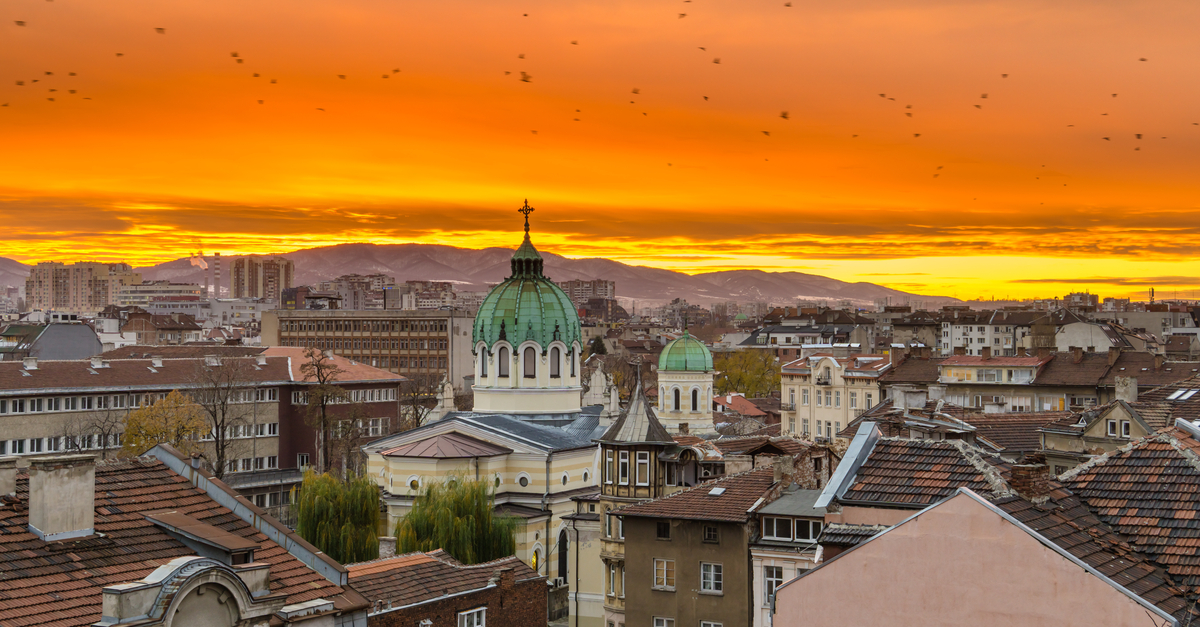
During the same period the EU allocated almost 29 million euros for cooperation between Serbia and Bulgaria.
By the end of 2019, the total of 68 projects have been financed. Some of them are joint projects for the development of diagnostic centres for bone diseases in school children in Serbia and Bulgaria, development of tourism and gastronomic offer in cross-border areas, removal of illegal landfills, restoration of early Christian basilicas and medieval fortresses, joint fire brigade unit, etc.
Cycle for the period 2021-2027 is currently in preparation.
CROATIA

The same situation is seen when it comes to cross-border cooperation between Serbia and Croatia: consultation are underway for the project period 2021-2027.
Social inclusion, environmental protection and promotion of mobility are some of the most important topics and the focus of the projects of this cycle.
During the previous cycle, the EU allocated over 34 million euros for projects realized in the border area of Serbia and Croatia. They were mostly aimed at improving the quality of social and health services in the program area; environment, risk prevention and energy production; tourism and cultural and natural heritage; competitiveness and development of SMEs.
ROMANIA

The EU has directed almost 75 million euros to joint projects between Serbia and Romania.
The priorities of the Program are the following: promoting employment, labour mobility and social and cultural inclusion of the population in the border region; environmental protection and risk management; sustainable mobility and attractiveness for sustainable tourism.
One of the successful projects realized in the border region of these two countries is “Improvement of Banat Connectivity 2”. It is a follow-up of the successfully implemented first project “Improvement of Banat Connectivity” within the previous program “INTERREG IPA CBC Romania – Serbia”, when the bicycle lane Kikinda – Nakovo – Lunga was built.
This is especially important because poor infrastructure is a major obstacle for transport of goods and people.
“The implementation of this project confirms the success of regional cooperation between Serbia and Romania, but also the importance of the existence, nurturing and strengthening of partnership relations of all participants in this project. The friendship between the Municipality of Žombolj and the Municipality of Kikinda has been established back in 1982, when the twinning agreement was signed and in 1992 the partnership agreement was signed. This cooperation had been deepened by the initiated EU IPA projects”, said Dijana Jakšić Kiurski, Deputy Mayor of the City of Kikinda.
HUNGARY
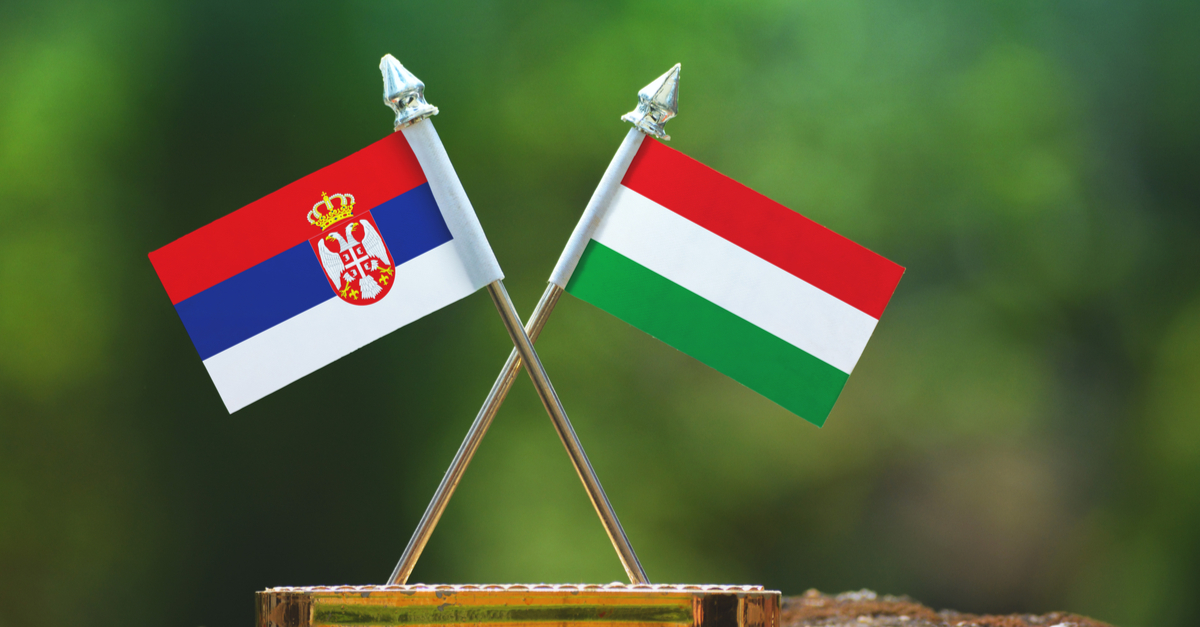
“Good neighbours creating common future” is the motto of this program, which largely supports projects that address environmental risks (e.g. drought, floods, hail), road transport and the use of sustainable modes of transport (public transport, bicycles, water transport), cross-border tourist destinations, cooperation in culture and sports, and increasing the potential for employment through SMEs.
The total EU contribution to the Programme Interreg-IPA CBC Serbia – Hungary is 65 million euros. By the end of 2019, the total of 71 projects were financed.

